World No-Tobacco Day
World No Tobacco Day was established in 1987 by the World Health Organization's member states to raise awareness of the worldwide tobacco pandemic and the avoidable death and suffering it causes. The World Health Assembly declared April 7, 1988, to be "a world no-smoking day" in Resolution WHA40.38, which was adopted in 1987. The World Health Assembly's Resolution WHA42.19, adopted in 1988, mandates that World No Tobacco Day be observed annually on May 31.
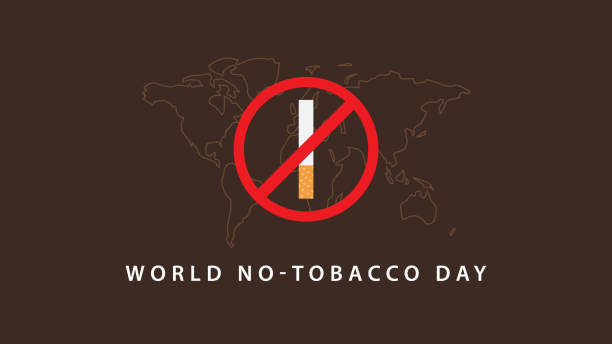
History
The World Health Organization's state members created "World No Tobacco Day" in 1987 to spread awareness of the deadly consequences of tobacco use on global public health (deaths and illness). In Resolution WHA40.38 from 1987, the World Health Assembly designated April 7 as "a world no-smoking day." World No Tobacco Day was established in 1988 by Resolution WHA42.19.
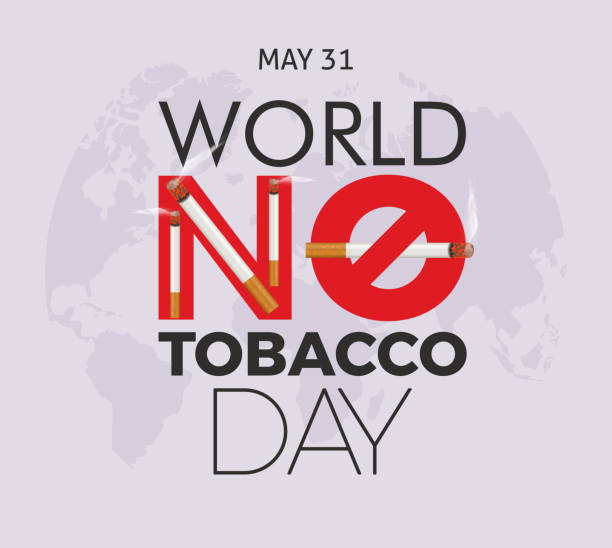
World No Tobacco Day: Its Significance.
An estimated 35 lakh hectares of land are utilized for tobacco cultivation each year throughout the world. It is believed that tobacco production results in 2 lakh hectares of yearly deforestation. Because tobacco farmlands are more prone to desertification (loss of biological productivity) than other agricultural operations like maize cultivation and cattle grazing, tobacco farming has a noticeably higher damaging impact on ecosystems. Also, the intensive use of chemical fertilizers and pesticides required for tobacco cultivation might deplete soil fertility and reduce the yield of other food crops.
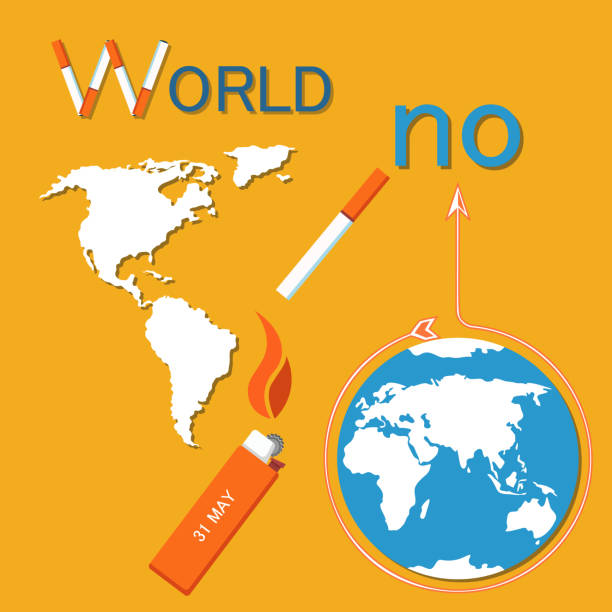
If tobacco were produced as a commercial crop, it may endanger the sustainability of food production in low- and middle-income countries. 90% of the world's main tobacco-growing regions are low- and middle-income nations and four of them fall into the category of low-income countries with food insecurity.
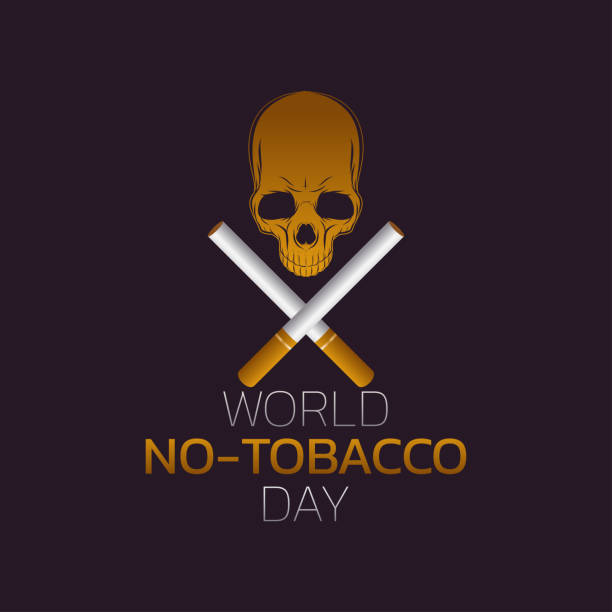
Given the aforementioned possibilities, swift legislative action is required to restrict the production of tobacco while assisting farmers in switching to the production of alternative food crops. The aforementioned tenets are effectively upheld by World No Tobacco Day through the use of campaigns with recurring themes.
How Do Smoking and Tobacco Use Affect Health?
Smoking and tobacco use have a variety of negative health effects and may contribute to the following deadly diseases:
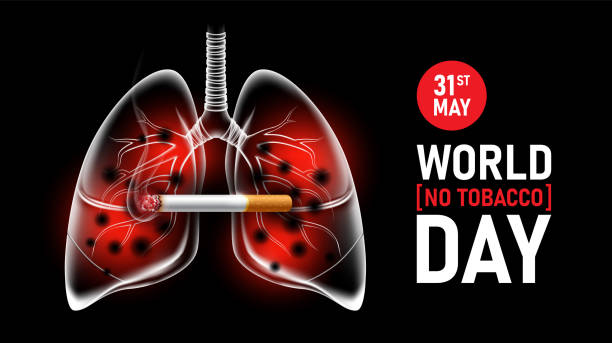
Achalasia Cardia (pancreas, stomach, mouth, liver, rectum, colon, and esophagus) and other neuro-related diseases such as stroke, small vessel ischemic disease of the brain (SVID), and vascular dementia are examples of cancers of the digestive system.
Heart and lung conditions
Chronic obstructive pulmonary disease and diabetes (COPD)
Tuberculosis-specific eye conditions
How does tobacco impact the environment?
Around 4.5 lakh crore cigarettes are not disposed of properly every year, generating 80 crore kg of toxic waste and releasing thousands of chemicals into the air, water, and soil. Tobacco cultivation uses a lot of water, depleting the planet's water supply, and resulting in the destruction of 35 lakh hectares of land annually. Tobacco cultivation also accounts for the deforestation of 20,000 hectares and soil degradation every year.
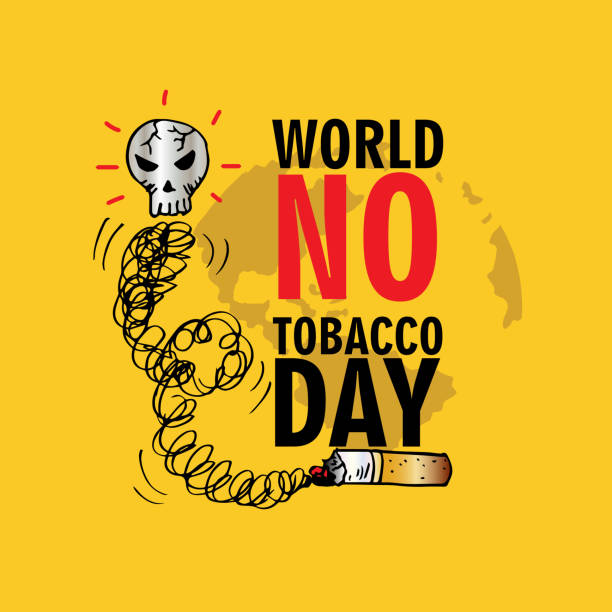
Advice about quitting smoking
The following elements can support quitting smoking:
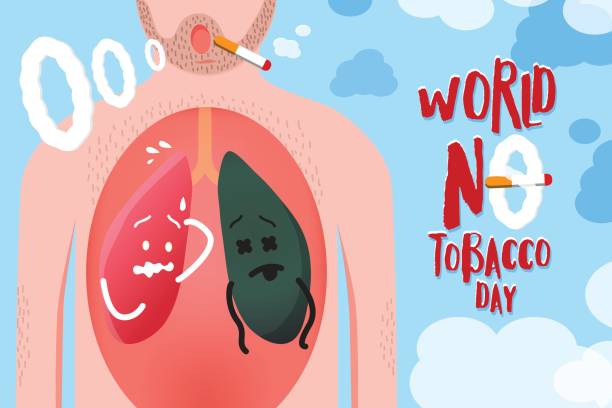
- Using a nicotine replacement strategy
- Avoiding potentially explosive places like bars
- Using hard candies or sugarless gum to quell your desire for cigarettes
- The use of distraction and traveling to a smoke-free area to satisfy a tobacco desire
- Using alternative stress-reduction methods including yoga, deep breathing, muscular relaxation, and music
2023 Theme
The World No Tobacco Day theme for 2023 is "We Need Food, Not Tobacco," intending to encourage tobacco farmers to switch to nutrient-dense crops by raising knowledge of available marketing channels and production alternatives. The subject also emphasizes how the tobacco business sabotaged efforts to switch from tobacco to sustainable crops, which contributed to the world food crisis.

On this day, government officials and policymakers create and put into action appropriate policies, strategies, and market circumstances that enable tobacco growers to cultivate food crops instead of tobacco in order to alleviate the food crisis. Also, to support the campaigns to halt the cultivation of tobacco crops, social welfare organizations and environmental activists work together.

















